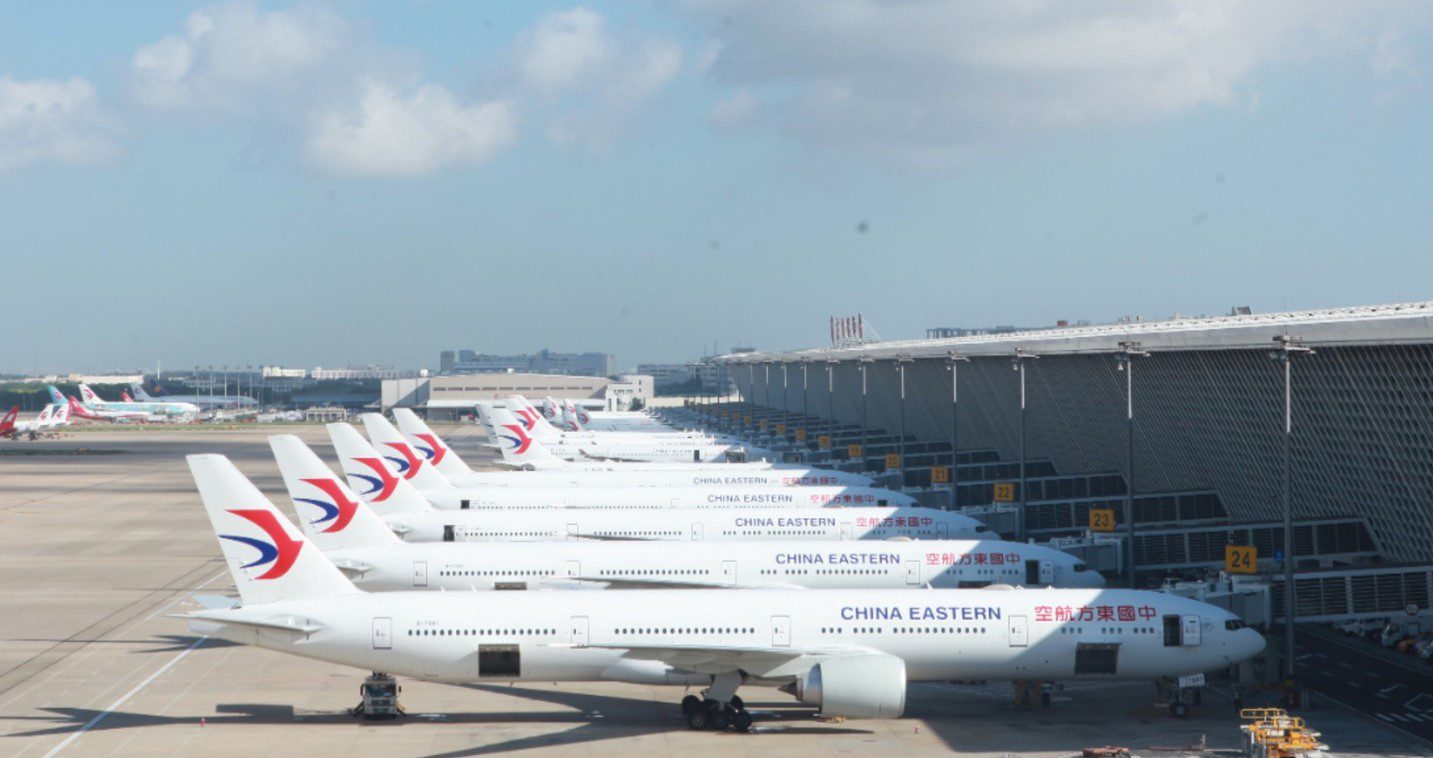
274817545 1998033613715887 1132249066867461859 n
China boasts one of the world’s busiest domestic aviation markets, and understanding its key players is fascinating for anyone interested in the travel industry. This analysis dives into China’s top 10 domestic airlines, highlighting their capacity share, recent growth trends, and the overall market landscape as of April 2024.
As of April 2024, the top 10 domestic airlines collectively hold 71% of the total domestic market share.

Top Domestic Airlines, Market Share
China Southern Airlines retains its stronghold as the nation’s largest carrier, commanding a significant 15% share of the domestic capacity market with over 10.6 million scheduled seats this month. Despite a marginal decrease in seat capacity compared to the previous year, its dominance remains unbeatable.
Meanwhile, China Eastern Airlines and Air China maintain their positions in the top tier, with marginal fluctuations in monthly seat capacity. This dominance underscores the competitive landscape where established players continue to vie for supremacy.

Capacity Dynamics
The adjustments in Chinese domestic seat capacity reveal strategic maneuvers and operational adaptations by key carriers. Sichuan Airlines emerged as the most notable in this aspect, witnessing a substantial 12% deduction in capacity compared to April 2023.
Conversely, Juneyao Airlines stands out with a remarkable 14% increase in capacity from the previous month, signaling agility and responsiveness to market demands. Shandong Airlines also demonstrates a commendable increase, reflecting proactive measures to enhance service offerings and meet traveler needs.
These contrasting trends suggest a dynamic market where airlines adjust their strategies to cater to evolving passenger demands and regional travel preferences.

Performance Metrics, Future Prospects
Analyzing the carrier’s performance provides insights into the trajectory of individual airlines and the broader industry landscape. While some carriers experience marginal fluctuations, others exhibit more pronounced shifts indicative of strategic recalibrations and competitive pressures.
Looking ahead, airlines must navigate challenges such as evolving traveler preferences, regulatory changes, and economic uncertainties. Adaptability and innovation will be key to sustaining growth and maintaining a competitive edge in China’s dynamic aviation market.
| S. No. | Airline | Seats | Apr 2024 vs Apr 2023 |
Apr 2024 vs Mar 2024
|
| 1 | China Southern Airlines | 10,667,980 | -6% | 0% |
| 2 | China Eastern Airlines | 9,945,234 | -2% | -1% |
| 3 | Air China | 8,117,792 | 0% | -5% |
| 4 | Hainan Airlines | 3,959,609 | 0% | 1% |
| 5 | Shenzhen Airlines | 3,383,357 | -1% | -2% |
| 6 | Sichuan Airlines | 3,169,355 | -12% | 1% |
| 7 | Xiamen Airlines Company | 3,039,205 | 2% | 0% |
| 8 | Shandong Airlines | 2,907,435 | 6% | 9% |
| 9 | Spring Airlines | 2,101,860 | 5% | -4% |
| 10 | Juneyao Airlines | 1,919,736 | 2% | 14% |
China’s domestic air travel market is expected to continue its upward trajectory, driven by various factors like increasing disposable income and urbanization. This presents growth opportunities for airlines that can effectively navigate competition and adapt to changing consumer needs.
Amidst the intricacies of the Chinese aviation industry, agility and strategic foresight emerge as indispensable assets for airlines seeking to thrive in a competitive landscape. As the journey continues, staying attuned to market trends and consumer preferences will be paramount for shaping the future trajectory of China’s aviation sector.

Data Source: OAG
Views: 1246



